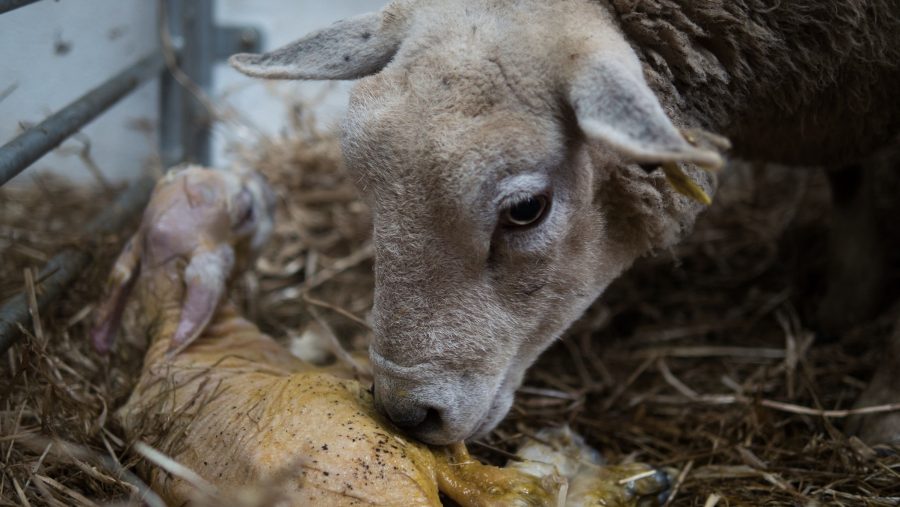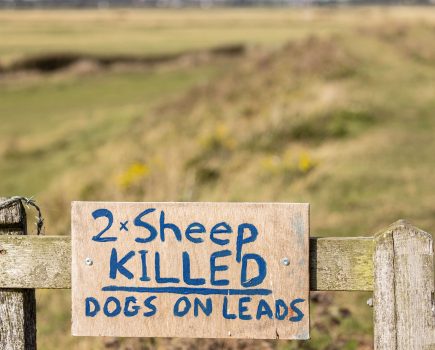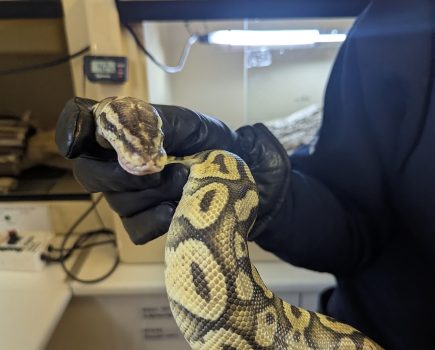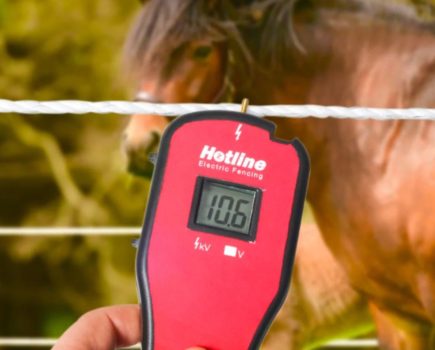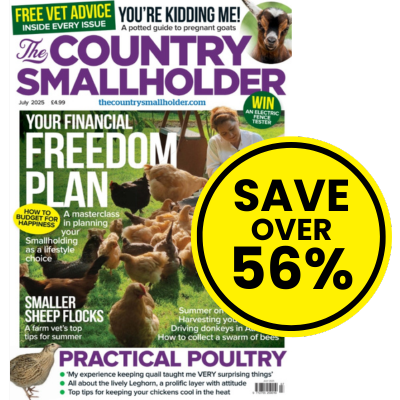From hard-won experience, Jane Hoy shares some lambing dos and don’ts that she has learnt over her years of sheep keeping…
There are many books on lambing, and I would strongly advise that you clear a day or two before you even put the tup (ram) in and go through them. My bible was the ‘Practical Lambing and Lamb Care, A Veterinary Guide’, that was co-authored by Andrew Eales back in 2004 but there is a newer version available. What I learnt in this earlier edition I do not think can be updated – except perhaps by the arrival of cameras that come direct to your phone – and that is constant checking. On lamb care I learnt that lambs need vigilance and action to thrive right from the start – failing to act when you need to support the lamb will endanger its life. But conversely, I also learnt not to intervene with the lambing if it was progressing normally and if I had to intervene, to get on with it, not ask friends, neighbours and so on for advice. Calling the vet especially when you first start lambing is part of your learning curve. Add it in as a necessary investment for the future.
THINGS YOU SHOULD HAVE DONE BEFORE LAMBING
This might be helpful if you have not yet lambed this year. There’s a lot of preparation that will make a big difference to your flock’s and your experience of a season’s lambing, from making sure it’s not just you trying to do a normal day around lambing, to having the right clothing at hand for you.
- Get lambing pens prepared in advance. Plan how you are going to get sheep from the home paddock to the pens – so don’t put them a long trek away from where the sheep are. If you have decided to lamb outside with your tough, native breeds, then be sure you do still have an area with some pens for any problem lambings or non-bonding mothers or even orphan lambs. You cannot do your best lambing in the dark with only a head torch, rain running down your back and a cold lamb getting colder. You may need to bring the ewe and lambs in if the situation warrants it. If you have to get in a vet, then they definitely cannot do their best in this situation either. Just because a breed is known as an easy lamber, there can still be some problems and you need somewhere sheltered and and light to deal with them. If all else fails, you’ll need to knock up a quick open fronted shelter in the field and search for a battery supported light/
- Get at least two hats with a head torch, even if you do have lights. They stay on better when fixed into hats and keep you warm. It doesn’t much matter what else you wear as long as it’s washable and warm.
- Get a notebook or record sheet as you will forget which ewe did what and which lamb needed what. This is unbelievably helpful later on when you think about how to improve things for next year or why this year was so successful.
- Speak to your vet, especially if it is your first time. Find out what services they offer. Discuss when a ewe might need antibiotics. If you live in a predominantly livestock area you will find they offer quite a range of these and probably also offer a lambing course. If you can find one of these, then go on it, as it will be the most helpful thing you have ever done for your flock.
- If you have a local smallholding club, now is the time to see who is experienced in lambing and can share their experiences – but your vet needs to be first port of call if a ewe or lamb is in difficulty. The sheep must not suffer or have several people attempt to save them – get expert help.
- Dag your sheep so that the area around the vulva is clear and its easier for the lambs to find the udder – get advice on how to do this if necessary.
This article extract was taken from the March 2025 edition of The Country Smallholder. To read the article in full, with more essential tips on lambing, you can buy the issue here.

